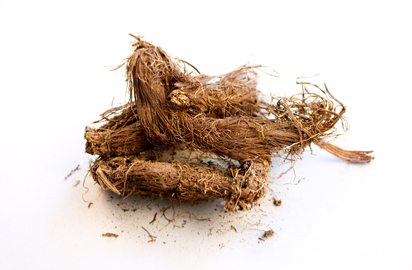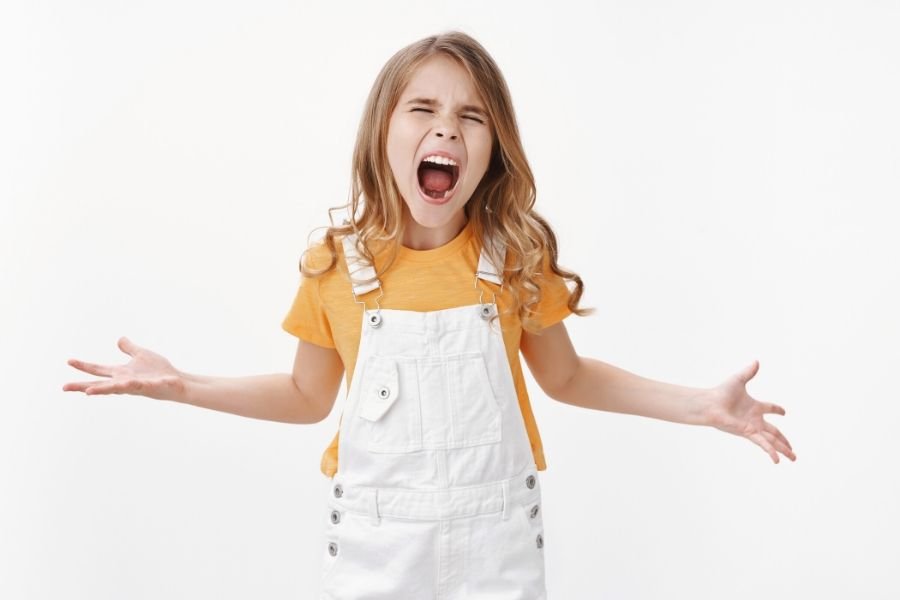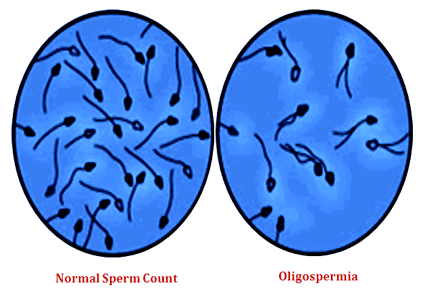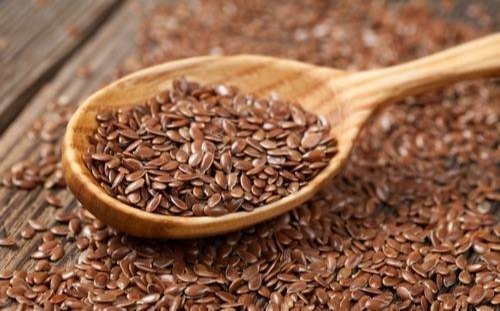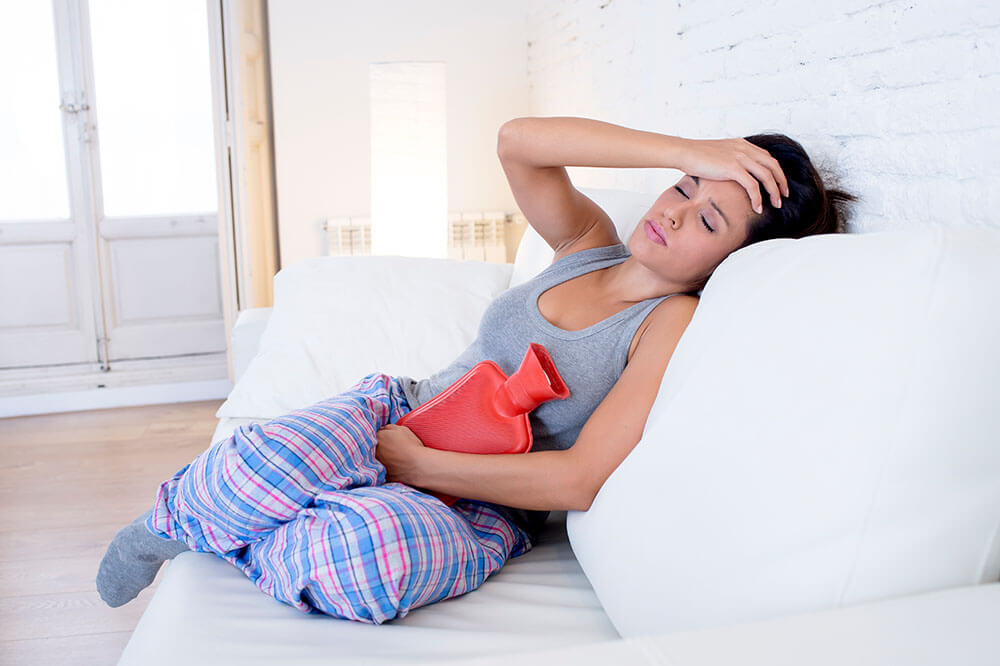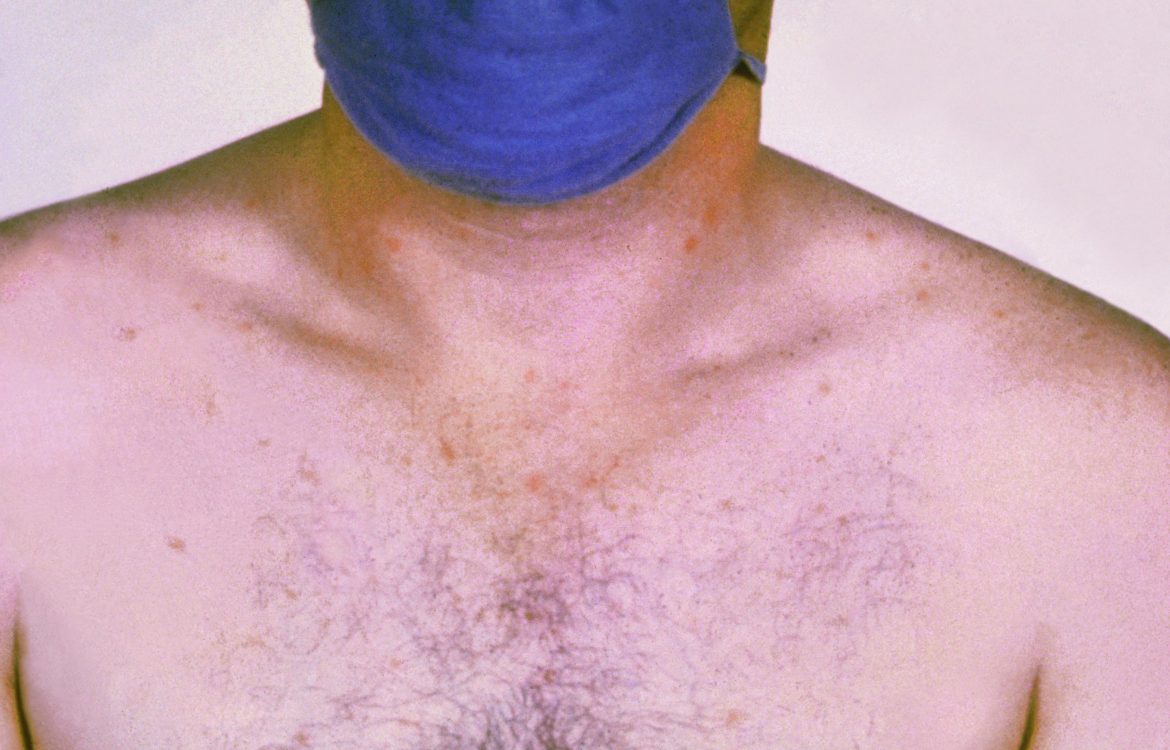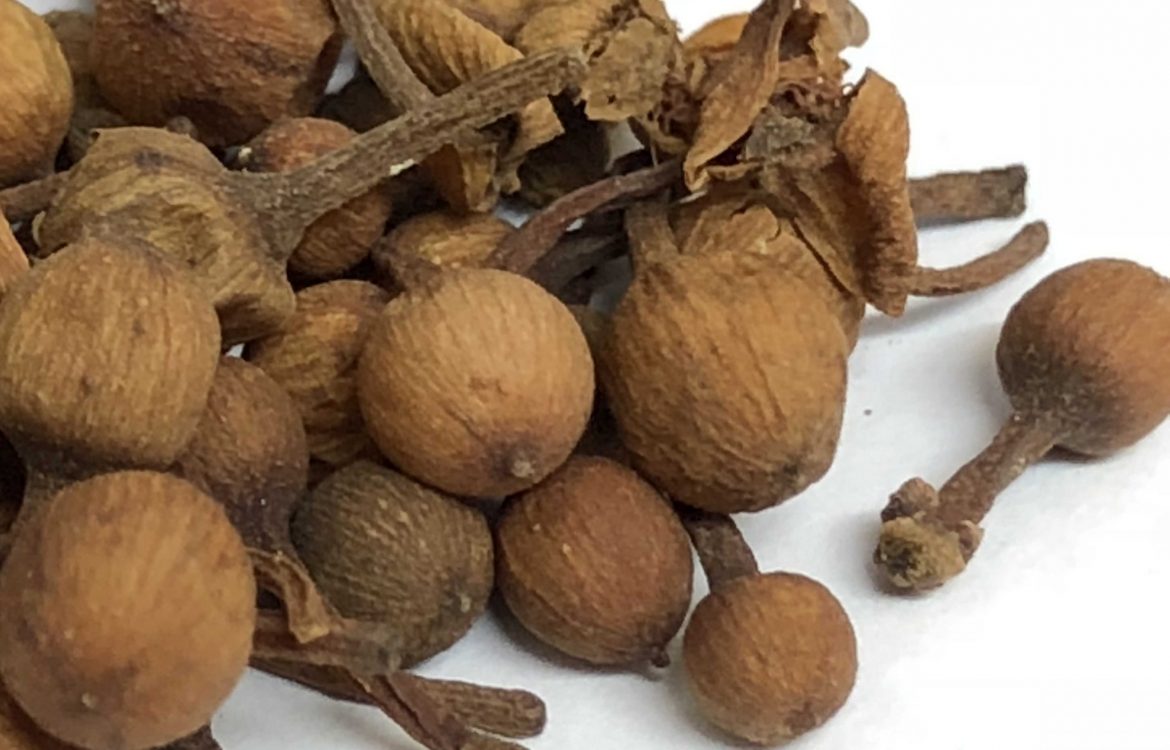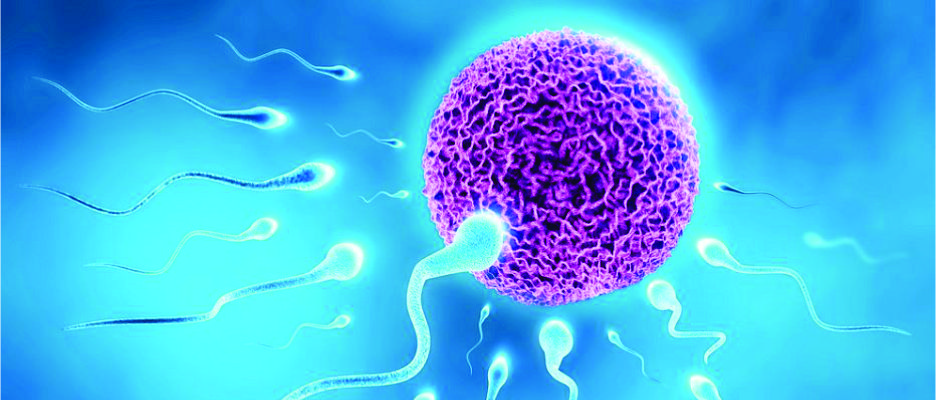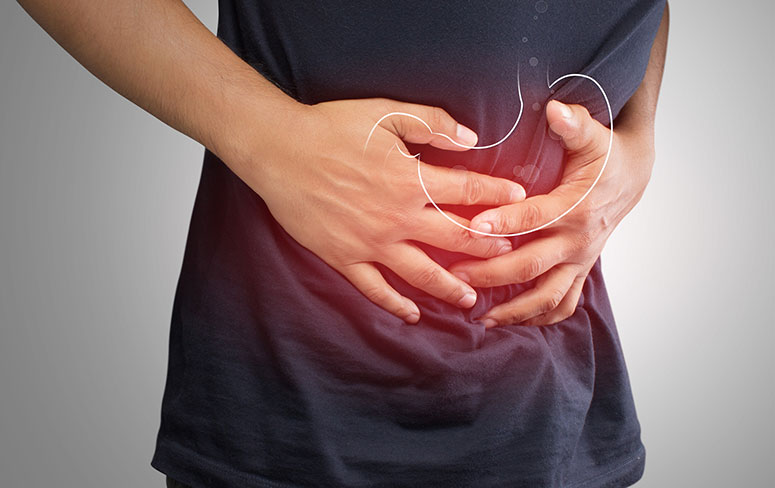Jatamansi herb is a sympathetic medicinal plant. Which is used in making perfumes with pungent aroma. It is called spikenard because the roots of spikenard have fibers like pots or hairs. They are also called baldras. According to Ayurveda, the benefits of jatamansi (jatamansi benefits) are so much that in Ayurveda it is used as a medicine for many diseases. Let us know in detail about the advantages and properties of spikenard.
Table of Contents
What is JATAMANSI?
Jatamansi has a small aromatic herb. Its two species are Gandhamansi and Akashmanasi. There is a variety of adulteration in the nets which are sold in the market. Jatamansi is mentioned in the incense in Charak-Samhita.
The use of jatamansi with other liquids is used in diseases such as breathlessness, cough, venereal disease, erysipelas or herpes, mania or dementia, epilepsy or epilepsy, gout or gout, inflammation or inflammation. In the Sushruta-Samhita, mention is made of Vrnitopaspati Jatamansi. Jatamansi is an excellent medicine for headache. It is very healthy.
It is 10–60 cm tall, straight, multi-year, branching plant. Its stem is pubescent in the upper part and hairless in half. Many of its branches originate from the roots of Jatamansi above ground. They are dense, fine, spiny, and pubescent up to 6-7 fingers. Its basal leaves are simple, complete, 15–20 cm long, 2.5 cm wide, glabrous and one or two pairs of stem leaves, 2.5–7.5 cm long, oblong. Its flowers are 1, 3 or 5 pink and blue. Its fruits are 4 mm long, small, circular, covered with white hairs. Its root is woody, long and covered with fibers. Its floral period is from August to November.
The plant of jatamansi is multi-year old. But this medicinal herb is endangered: which has been used as a medicine in Ayurveda for years. Jatamansi is bitter, sweet, cold, short, balsamic, vata, pitta and kapha by nature defeating all the three doshas, power-enhancing, skin-whitening and fragrant. It is beneficial in burning, leprosy, bleeding (nose-ear bleeding, toxin, fever, ulcers, pain, arthritis or joint pain). Jatamansi oil is effective on the central system and depression. .
Name of Jatamasi in Different Languages
Botanical name of Jatamansi is Nardostachys jatamansi , Syn- Nardostachys grandiflora DC. And clans: Valerianaceae (Valerianaceae) and the English name: Spikenard (spikenard). Jatamansi is called by different names in other provinces of India. Let’s know about this. like-
Jatamansi in-
Sanskrit – Jatamansi, Bhootjata, Jatila, Tapaswini, Mansi, Sulomasha, Nalada;
Hindi – Jatamansi, Balchhad, Balchir;
Urdu- Balachhada;
Kashmir- Bhutijatta;
Kannada- Jetamavasha (Jetamavasha), Jatamamsi (Jatamamsi);
Bengali- Jatamansi (Jatamansi);
Marathi-Jatamansi (Jatamanvasi);
Gujrati-Jatamansi, Kalichhad;
Telugu- Jatamamanshi (Jatamamanshi);
Punjabi-Billilotan;
Malayalam- Jetamanshi.
English– Indian nara, Musk root, Indian valerian;
Ayurvedic properties
Rasa – tikta,kashya,madhur
Guna – laghu, snighta
Virya – sheeta
Vipaka – katu
Benefits and Uses of Jatamansi
Jatamansi herb has been used as a medicine in Ayurveda for years. Jatamansi oil is found in the market in the form of jatamansi powder patanjali, but this herb is still extinct. So let us know in detail about Jatamansi, for which diseases it is used as a treatment.
Benefits of Jatamansi for Baldness and white hair.
Nowadays such hair problems have become common. Pollution, unbalanced diet planning, use of various types of cosmetics have a direct effect on the hair and then the problem of white hair or baldness. For this, as a home remedy, grinding equal quantity of spikenard, bala, lotus and koota and applying it on the head reduces the fall of hair and also reduces the whiteness of untimely hair (jatamansi ke labh).
Benefits of Jatamansi for Headache
If you are suffering from headache due to work stress and run-of-the-mill life, then bamboo jamansi remedy will prove to be very beneficial. Grinding spikenard or applying its powder (jatamansi powder patanjali) on the forehead reduces headaches.
Jatamansi for Hair loss
If you are having excessive hair loss problem, then using jatamansi gives such benefits
Grind equal quantity of spikenard, cactus, black sesame, sariva and nilkamal with milk and honey and apply it on the head to make hair grow and shine.
Benefits of Jatamansi for Eye diseases
A lot comes in eye related diseases, such as common eye pain, night blindness, eye redness etc. Home remedies made of spikenard are very useful in all these problems.
Grind the padmakath, mulethi, jatamansi and kaliyak in cold water and filter it and wash the eyes or eyes with it, there is benefit in the eye disease caused by bile (jatamansi ke fayde).
Jatamasi benefits for bad breath
Jatamansi powder Patanjali removes bad smell from teeth. Apart from this, gargling with the decoction of spikenard can also reduce odor from the mouth.
Benefits of Jatamansi in the treatment of hiccups
If you are troubled by repeated hiccups, then using jatamansi gives relief. Grind turmeric, bay leaf, castor root, raw lacquer, mana stone, cedar, hartal and spikenard and soak it in ghee by making a varti or light and smoking it helps to thin out the phlegm stuck in the trachea and when it comes out And get breath (jatamansi ke fayde).
Jatamansi benefits to get relief from cough
The weather has not changed whether everyone from children to old and old gets complained of cough. Consuming lukewarm milk with jaggery after smoking with mind stone, hartal, mulethi, nagarmotha, jatamansi and ingudi provides relief from cough. Apart from this, drinking syrup of jatamansi provides relief from phlegm related diseases (jatamansi ke fayde).
Reduce the risk of cardiovascular diseases
Grinding Jatamansi and applying it on the chest provides relief from chest problems or diseases and heart diseases
Benefits of Jatamansi in the treatment of vomiting
If there is vomiting due to eating spicy food or due to side effects of some disease, consuming spikenard in this way is beneficial. Vomiting stops by taking sandal, chavy, jatamansi, dry grapes, sugandhabala and golden garic paste (1-2 grams) in equal parts]
Nardostachys Jatamansi Benefits for Flatulance
If there is no food on time or always eat outside food then there is a problem of flatulence. Licking 500 mg of jaundice (Patanjali Jatamansi powder) with honey gives relief from flatulence. Benefits of Jatamansi in Water Treatment
Stomach is swollen in watery disease and it starts to look big, as well as weight gain. Grind spikenard and salt with vinegar and apply on the abdomen or stomach, it provides benefit in ascites.
Benefits of Nardostachys Jatamansi Benefits to Increase Sperm Count
Today’s lifestyle and diet are having a bad effect on sex life, due to which problems related to sex have started. Jatamansi 10 parts, Cinnamon and Cardamom 8-8 parts, Kutta, Pokhramool, Cloves, Kunjan, White Chillies, Nagarmotha, Dry gourd 6–6 parts, Balsam 5 parts Saffron 4 parts and Chiritya 10 parts by mixing all these in 10 to 8 Drinking mixed quantity of water provides relief from semen or sperm problems.
Jatamansi Powder Beneficial in Gout
If there is redness, pain, and burning sensation in the affected area of gout (arthritis), by first taking out the contaminated blood, applying a paste of liquorice, peepal bark, spikenard, kshirakkoli, sycamore bark and green coach grass in the same part, it will relieve pain and burning sensation. is. Apart from this, making powder of Jatamansi, Resin, Lodhra, Mulethi, Nirgundi seeds, Moorthy, Neelkamal, Padmakh and Shirish Pushp, these 9 substances mixed with 100 grams of ghee and coated with it are beneficial in gout (arthritis).
Jatamansi to treat leprosy beneficial in leprosy
Grind and apply paste mixed with spikenard, black pepper, rock salt, turmeric, tagar, vine bark, ghardhum, cow urine, gorochan and palash alkali. Apart from this, applying Gudki, Deodaru, Jatamansi, Honey, Mudgparni and Kakanasa in equal parts by grinding and applying paste is beneficial in Mandalakushta.
Jatamansi Herbs Benefits for Skin Diseases
Grind spikenard and apply it on the skin in skin diseases, it is very useful in diseases like erysipelas or herpes, leprosy, ulcers etc. Taking 10-20 milliliters of decoction by taking equal quantity of spikenard, red sandalwood, amalatas, karanja bark, neem bark, mustard, mulathi, kutaj bark and barberry is beneficial in skin diseases.
Benefits of spikenard in the appearance of blemishes, spots and pimples
The use of spikenard can prove to be beneficial if you are troubled by facial spots and wrinkles. Mixing turmeric in spikenard and applying it on the face like a boil eliminates satire and wrinkles and increases the skin radiance.
Benefit of Jatamansi to Boost Memory
Jatamansi plant is used for enhancing memory because according to Ayurveda, Jatamansi is found to have meditative properties which helps in improving memory.
Use of Jatamansi to reduce blood pressure
If you live under a lot of stress in your lifestyle, then there is a risk of increased blood pressure or blood pressure. The use of spikenard in it can give you benefit because spikenard has the property of reducing stress or tension.
Jatamansi Churna Beneficial to Keep Digestive System Healthy
The powder of spikenard also helps in keeping your digestive power good. If you have constipation, it is relieved by taking it because it has laxative properties.
Jatamansi Beneficial to Control Stress
Spikenard is a well-known drug to relieve stress. According to Ayurveda, it is found to have medial properties due to which the consumption of spikenard reduces the symptoms of stress.
Benefit of Jatamansi to Treat Depression in Depression
The use of spikenard is beneficial in depression because according to research it has anti-depressant properties. Also, according to Ayurveda, it also has medial properties which keeps the mind calm and reduces the symptoms of depression.
Benefits of Jatamansi roots to increase immunity
Spikenard is a good way to increase immunity. According to the Richters in Jatamansi, the property of immunomodulator is found, so it is used to maintain immunity better.
Benefit of Jatamansi to Treat Cancer
Spikenard can be used to prevent cancer because according to a research, spikenard has anti-cancer elements. Hence the use of spikenard helps to prevent the spread of cancer.
Benefits of Jatamansi in the treatment of epilepsy
Consuming 5-10 grams of Mahapacchaic Ghee made from spikenard, etc. is very beneficial in mania (insanity), epilepsy, epilepsy, fever. It helps in increasing intelligence and memory and in the physical development of children. Apart from this, taking 10-20 milliliters of decoction of spikenard of pomegranate is beneficial in epilepsy. And mixing 500 mg jatamansi with 5 ml Brahmasvaras, 500 mg Vach and honey is very beneficial in brain diseases.
Benefits of Jatamansi in relieving convulsions or spasms
Make a powder by taking 2-4 grams powder of spikenard with 4 parts, cinnamon, cinnamon, fennel and dry ginger 1-1 and sugar or sugar candy 2 parts and take 2-4 grams He gets relief quickly after the cramps.
Jatamansi Herbs Benefits for Hysteria helpful in eliminating Yoshapasmar or hysteria
The medicinal properties of spikenard can prove beneficial if you are troubled by the pain of hysteria.
Make a decoction by mixing Jatamansi 8 Tola, Ashwagandha 2 Tola and Ajwain 1 Tola. Drinking 10-20 milliliters of decoction is useful to get relief in hypochymia or hysteria.
Benefits of Jatamansi in cleansing blood
Jatamansi medicinal properties help in getting relief from skin related diseases by cleansing the blood. Mixing honey in 10-15 ml cold spice of spikenard helps to cleanse the blood. Benefits of Jatamansi in preventing overeating
Applying Patanjali Jatamansi powder on the entire body stops excessive sweating and reduces odor caused by sweat
Jatamansi Benefits to Reduce the Effect of Posion
Grind Jatamansi, Saffron, Tejpatta, Cinnamon, Turmeric, Tagar, Sandal, etc. by drinking 10-20 ml quantity of water and putting 1-2 drops in the nose and using it as an antimicrobial agent and swelling and permanent or irritable The toxic effects caused by the toxin are minimal.
Useful Parts of Jatamansi
Jatamansi rhizome is most commonly used as a medicine in Ayurveda.


